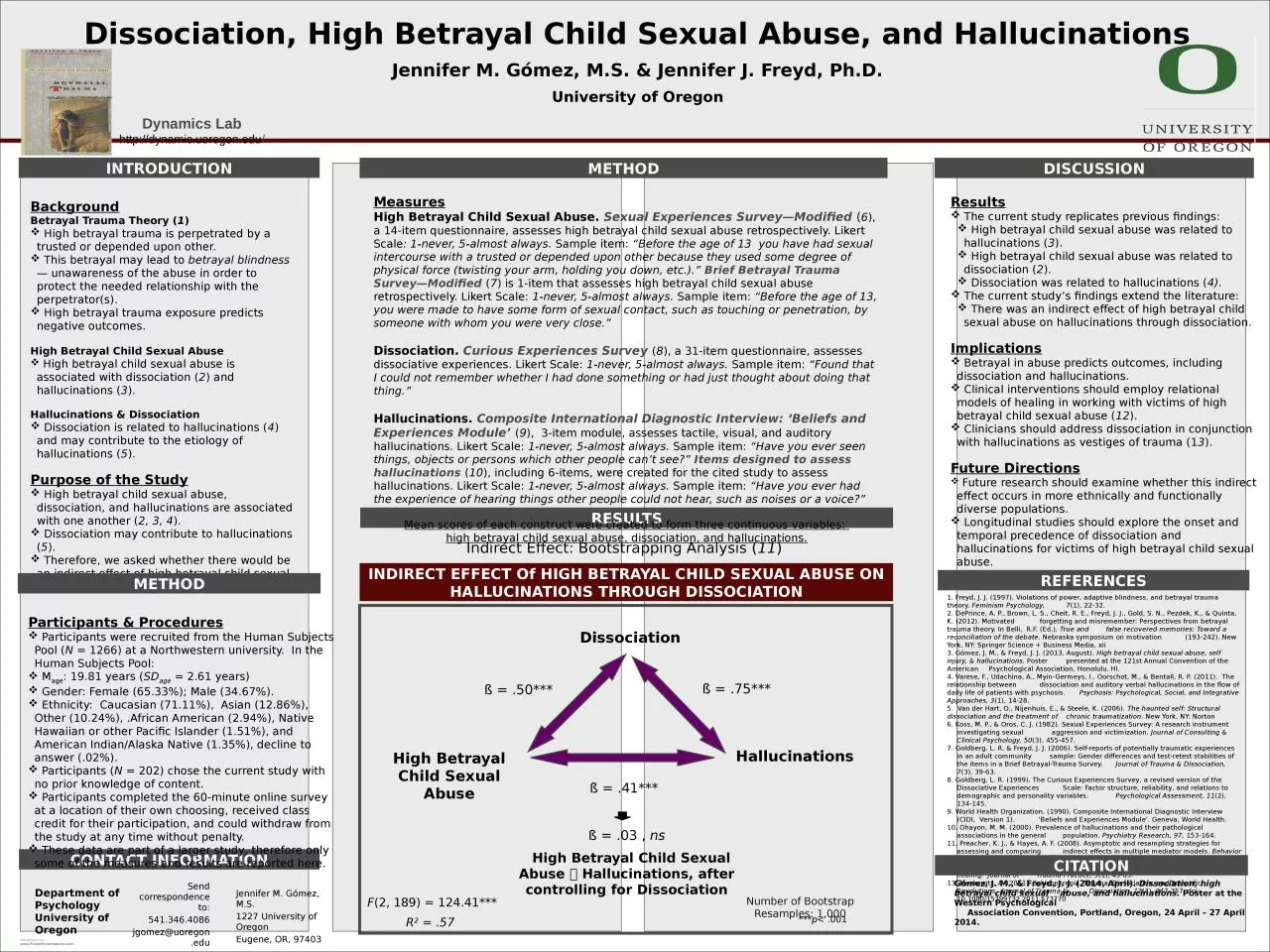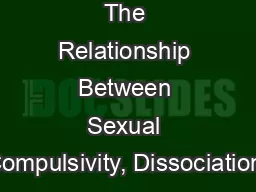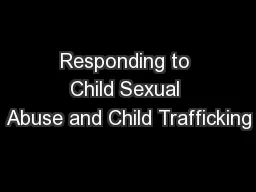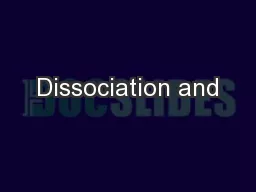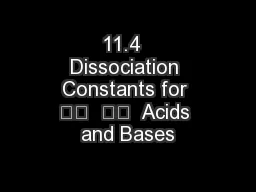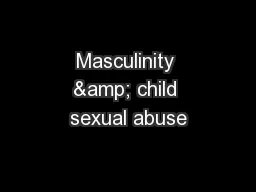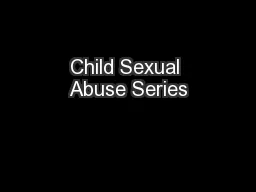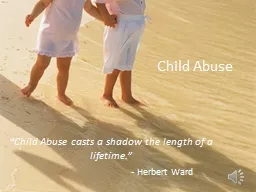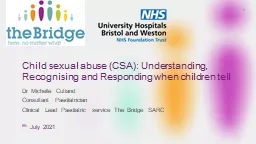PPT-Dissociation, High Betrayal Child Sexual Abuse, and Hallucinations
Author : summer | Published Date : 2022-06-20
Jennifer M Gómez MS amp Jennifer J Freyd PhD University of Oregon INTRODUCTION Background Betrayal Trauma Theory 1 High betrayal trauma is perpetrated by
Presentation Embed Code
Download Presentation
Download Presentation The PPT/PDF document "Dissociation, High Betrayal Child Sexual..." is the property of its rightful owner. Permission is granted to download and print the materials on this website for personal, non-commercial use only, and to display it on your personal computer provided you do not modify the materials and that you retain all copyright notices contained in the materials. By downloading content from our website, you accept the terms of this agreement.
Dissociation, High Betrayal Child Sexual Abuse, and Hallucinations: Transcript
Download Rules Of Document
"Dissociation, High Betrayal Child Sexual Abuse, and Hallucinations"The content belongs to its owner. You may download and print it for personal use, without modification, and keep all copyright notices. By downloading, you agree to these terms.
Related Documents

